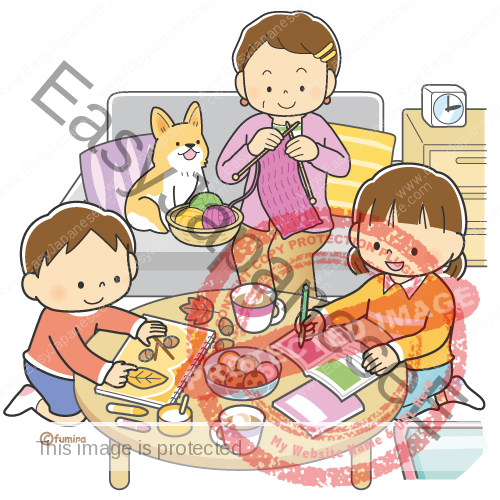~らしい and ~みたい have a similar meaning but when they are used with a noun in front of it, the nuances are quite different. This post explains how.


~らしい and ~みたい have a similar meaning but when they are used with a noun in front of it, the nuances are quite different. This post explains how.
Today is a public holiday called 山の日(やまのひ, Mountain Day) in Japan. This is the newest public holiday which was established…
A while ago, I talked about きて、きって、きいて. Today’s post is similar to that. おばさん is an aunty and おばあさん is…
When you read the above sentence, what kind of person did you think A is? らしい has two different…
It seems that the word “kimono” has won a citizenship in the Western people’s vocabulary as the word for Japanese…
Yes this is a transliteration of “business hotel”, so what kind of hotels do you think of? A nice, functional…
6 August is a sad day for Japan and for many people in the world. Needless to say, it is…
August(はちがつ)4th(し )is はしの日 If you thought “what hashi?”, then your Japanese must be very good! Yes, it is…
Today is the first Friday of August. August is usually called 八月(はちがつ)but the old name for it is 葉月(はづき). There…
Verb stem + たいです means “I want to ….”, so the above sentence in Japanese is アイスクリームが食(た)べたいです。 “verb stem”…
BBC produced a brilliant article about the Japanese word “tsundoku” 積読(つんどく). Please read it at https://www.bbc.com/news/world-44981013 つんどく is particulary…
The word ハンドル is often used in set expressions like: ハンドルをにぎる(にぎる=hold/grasp) ハンドルをきる(きる=cut/switch) ハンドル is a transliteration of the English…
Can you tell me the difference between the above two? The aesthetic difference is betweenて andた only. テレビを見てからケーキを焼きます means…
Firework Display In Australia, we have big firework displays on New Year’s Eve but firework display on New Year’s Eve…

ために and ように can both be translated as “in order to” but they are not always interchangeable. This post explains when to use which.
https://en.wikipedia.org/wiki/Kakig%C5%8Dri かき氷(ごおり) is a Japanese shaved ice dessert flavored with syrup. Apparently 25 July is set as the "shaved ice…
It is pronounced as "huronto garasu" and it is the transliteration of "front glass" but what is a "front glass"?…
atatakai Last week, I wrote about the difference between 寒い(さむい)and 冷たい(つめたい). 寒い(さむい) is usually used when the ambient temperature is…
文月(ふみつき、ふづき)is the old name for July in Japanese. The kanji 文 can be pronounced in a few different ways and…

あります and います are both used in a sentence meaning, “there is/are ….” They are verbs to describe “existence.” This post explains when to use which.
